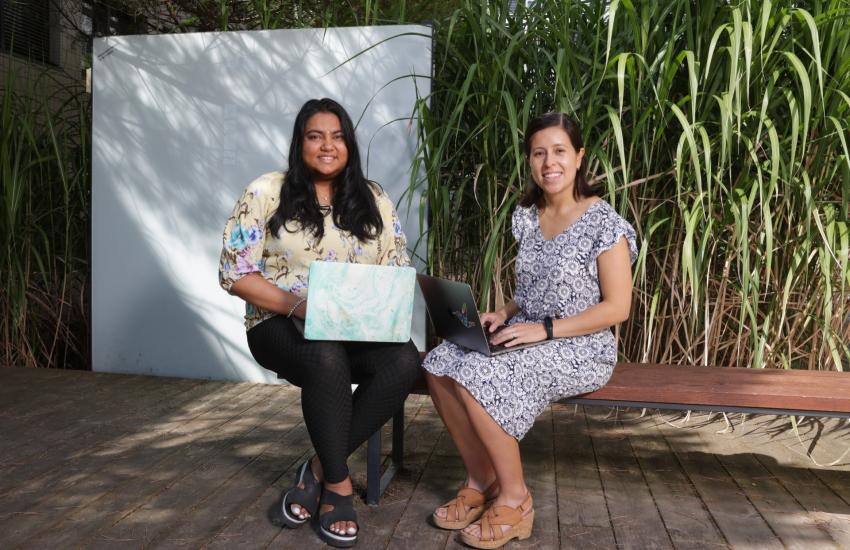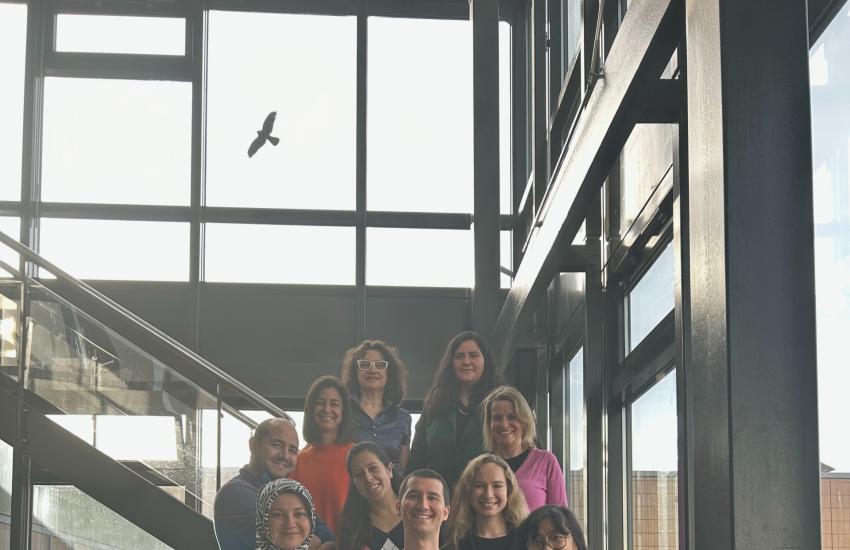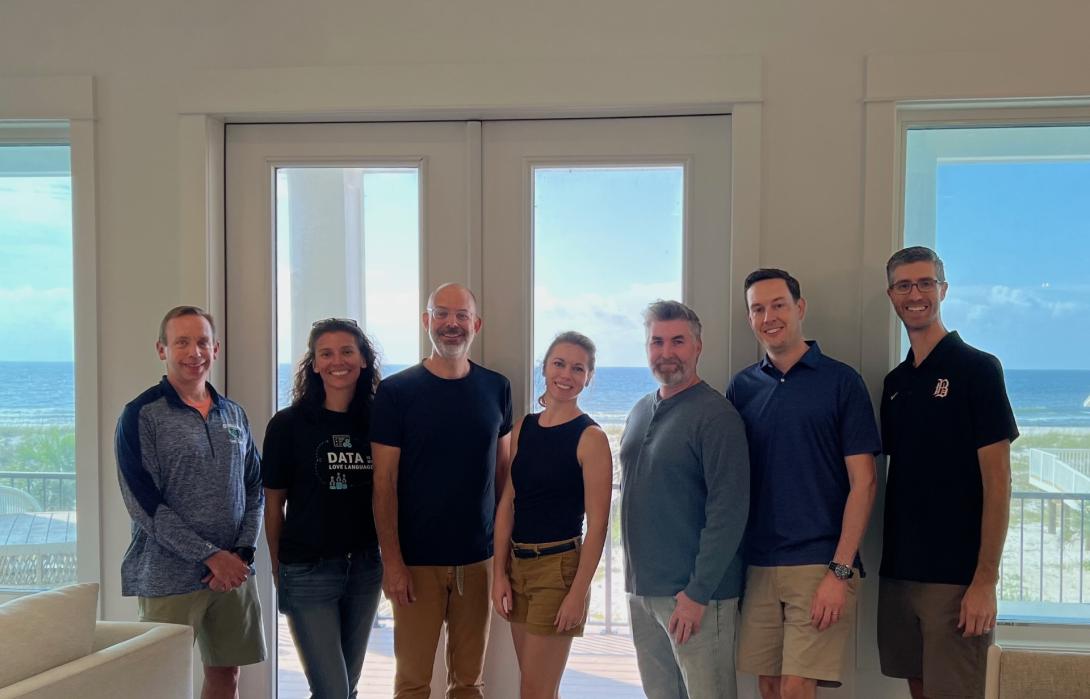Six Teams Awarded Grants Aimed at Bolstering the National Security Workforce
The Defense Advanced Research Projects Agency (DARPA) hosted the “Building an Adaptive and Competitive Workforce” competition, and because of it, some of the winning teams are now one step closer to accomplishing their big plans or investing in areas of interest.
The agency awarded $750,000 to kickstart and refine the solutions that showed the most promise in supporting adult learners in developing critical skills necessary for the current and future national security workforce.
The U.S. National Defense Strategy has underscored the need to aggressively fill technology gaps in specialized areas, such as cyber, data and artificial intelligence (AI), to creatively solve national security challenges in a complex global environment, DARPA notes on its website. Meanwhile, recent advances in AI have paved the way for computer-based tutoring systems that can personalize instruction in real time based on learner responses.
Competition officials prioritized solutions that promoted generative AI in the world of academia, specifically within the science, technology, engineering and mathematics fields, according to DARPA. The agency focused on integrating digital platforms and AI tools to improve the learning experience for adults. DARPA officials said these AI-enabled tools showed promise throughout the competition.
The six winning teams are game-based training simulator for 5G technologies with Haiku Inc.; CrystalSTEM with Eduworks Corporation; QuantHub Challenge; Scholé; Codesafe, an education platform at the University of California, Irvine and HVAC Hero, according to DARPA.
DARPA officials divided up the recipients into three levels: the transform level, growth level and catalyst level, and they were given certain amounts of money based on which group they were designated.
They deemed the team at the transform level to be “advanced competitors with an established tool,” and they received $300,000. Officials categorized growth level teams as “competitors with a tool with some users and scale,” and they secured $150,000. Lastly, teams at the catalyst level are in the preliminary stages of development, earning $50,000.
The judging panel determined that only Haiku Inc., was worthy of being on the transform level. Teams with Eduworks and QuantHub made the growth level, while Scholé, Codesafe and HVAC Hero settled for the catalyst level.
Officials with two different teams, Scholé and QuantHub, spoke with SIGNAL Media about their experience competing in the contest and how they are using the prize money they earned.
Scholé is a months-old organization that, as CEO Vinitra Swamy and Chief Technology Officer Paola Mejia-Domenzain put it, is an “AI curriculum assistant.” The company works to upskill adult learners in the industry.
Swamy and Mejia-Domenzain said they are allocating their catalyst level award toward helping their pilot studies program. They said some of the $50,000 will also go toward outreach and marketing events.
“I think the catalyst prize is so important because it really lets us translate our idea and our initial prototypes into something that can become a viable, real project that can help a lot of people,” said Swamy and Mejia-Domenzain.
Similarly, QuantHub is a business that, since its founding in 2018, is focused on helping data scientists advance and develop data and AI skills. More specifically, co-founder and CEO Josh Jones said his team is working on answering this critical question: “How do we leverage technology to help learners identify their own skill gaps and efficiently prepare for the jobs of tomorrow?”
Jones noted that his team’s ability to actively engage through several national networks and education policy initiatives helped them resonate with the judges. But as he said, becoming a winner in this competition was hard work.
“It was not easy,” said Jones. “I mean, our team put a lot of effort and energy into it, and the [judges] were asking pretty tough questions, which is good. It is rigorous, and so quite honestly, it made us feel better when we won, because we knew it was not just a walk in the park.”
Jones and his team’s determination helped them earn a $150,000 growth level grant. That money will help several different areas with the organization, according to Jones.
“We are investing in engineering efforts to release a very exciting overhaul to our generative AI-powered content creation platform,” said Jones. “We are also adding a comprehensive assessment to the learning process in order to better map skill mastery as well as efforts-to-outcomes in the learning journey.”
“We are going to hire an extra AI engineer that’s going to help build our system,” said Jones. “So we’ll hire talent and invest the money, and it will go pretty quick when you are hiring AI experts.”

Jones said that participating in this competition will positively impact his organization for years to come.
“The AI Tools Competition was the perfect fit and opportunity to formalize our longer-term strategy and road map,” said Jones. “Many of the plans and details the competition called for were already part of our strategic road map; this competition enabled us to accelerate our growth and expand what we hoped to achieve.”
Wil Corvey, DARPA’s program manager for the competition, spoke with SIGNAL Media and conveyed the significance of the contest.
“What the competition is trying to do is look at small investments that would show a proof of concept of high potential technologies at the intersection of AI data science and career mobility as facilitated by upskilling or on-the-job learning,” said Corvey.
On the military side, the money granted via the competition is expected to create proof of concept technologies within shareholders like the U.S. Army.
“What we would look to do is a demonstration of technology prototypes that might make further adoption and possible funding by departments like the Army de-risked in a sense,” Corvey said. “Through having a working prototype, they would essentially be able to establish requirements around a product that would be fieldable for the service.”
Corvey said that DARPA received over 230 abstracts as part of the competition, and only six teams took home cash prizes. A judging panel selected the six winning teams based on several criteria, including their potential impact, ability to support rapid experimentation, readiness to execute, attention to equity and commitment to implementing some assessment of their tool over the year following the grant, which Corvey called crucial.
“This last point is really important from DARPA’s perspective because within this competition, we don’t have a specific evaluation; this is a grant,” he said. “So that commitment then allows us to learn basically what worked and what didn’t.”
This year’s competition marked the second of its kind, and Corvey said they have plans to continue it, but the focus will adapt to what is prevalent at the time.
“We’re very interested in the intersections of AI and learning technologies, but the learning technologies will need to be adaptable to learning many things that are not just AI or data science,” Corvey said. “And I think, in fact, what we see in the awardees from this year is that AI and data science are only a part of the actual complete domain that’s being treated.”
At least one team would undoubtedly throw their hat in the ring if the competition does return.
“We’ve had an amazing experience with the DARPA team [and] with the Tools Competition team,” said Swamy and Mejia-Domenzain. “I think the fact that DARPA is spending money towards this is really impactful. They’re not looking at just to train tech people to become data scientists; they’re trying to train everyone to get upskilled on the latest and greatest of technology, which I think is a very noble mission.”







Comments